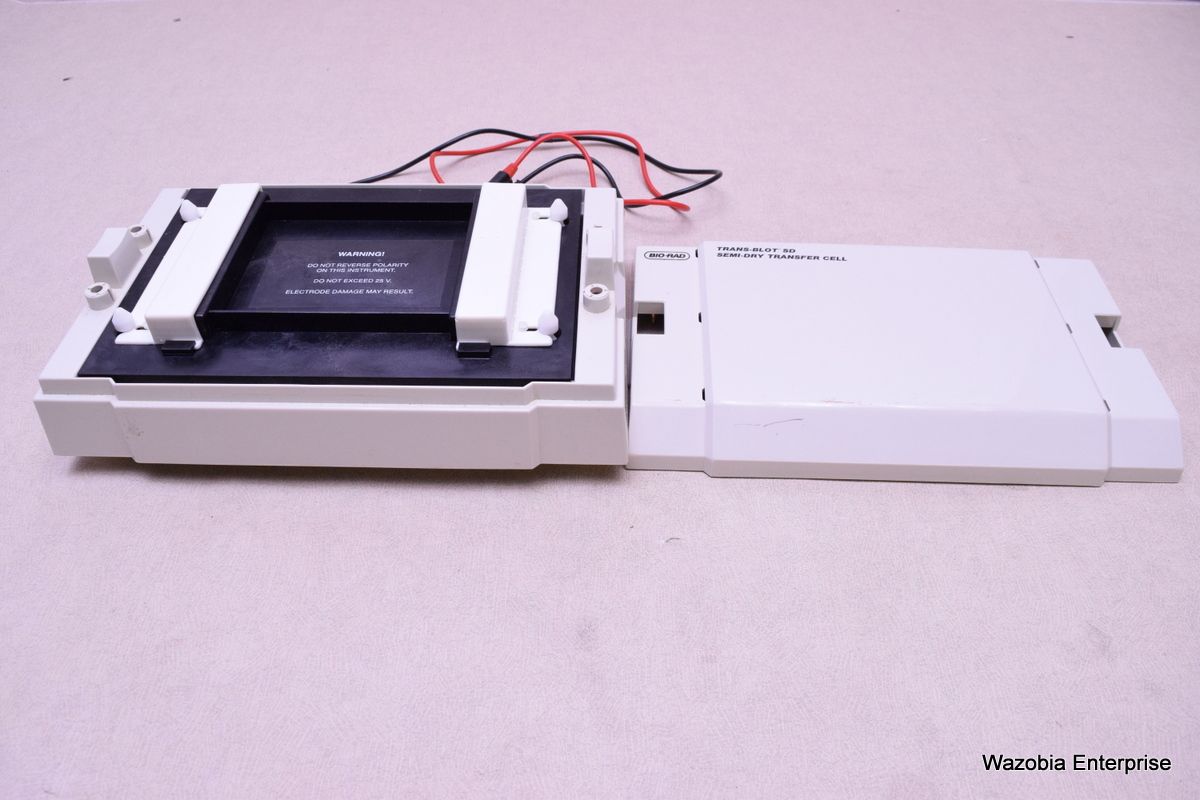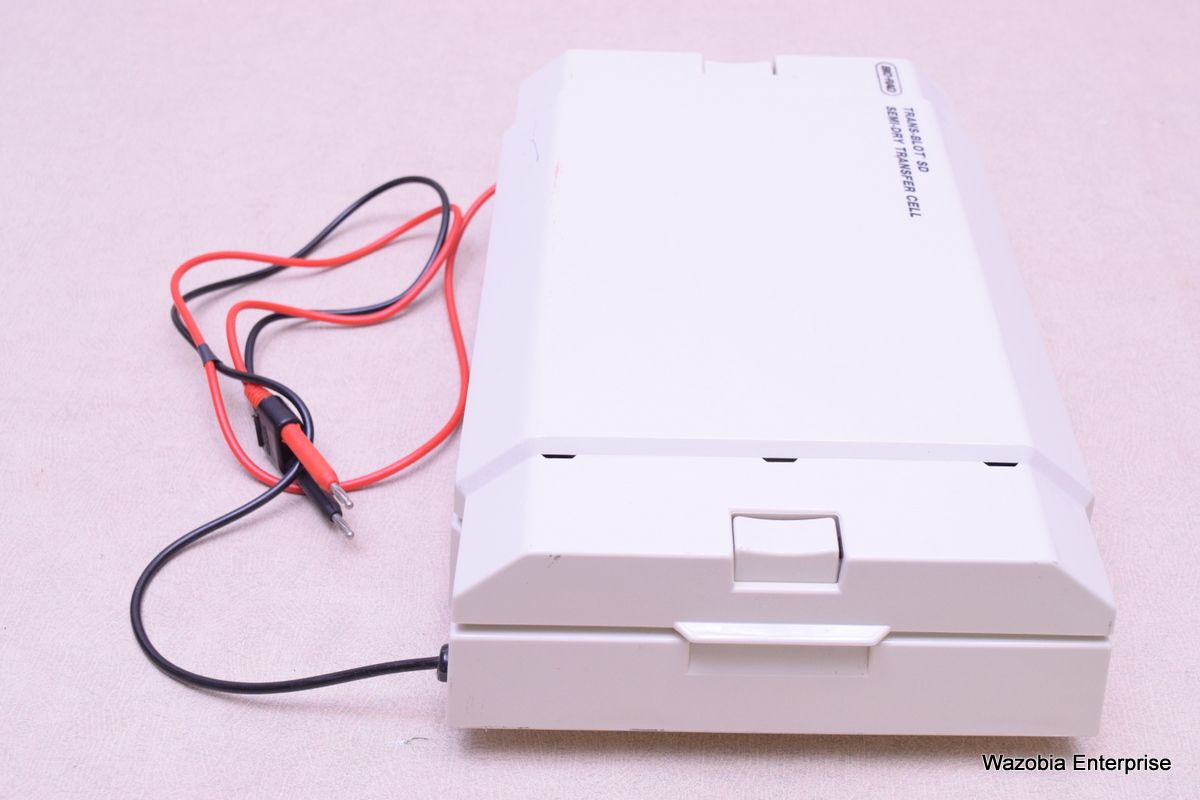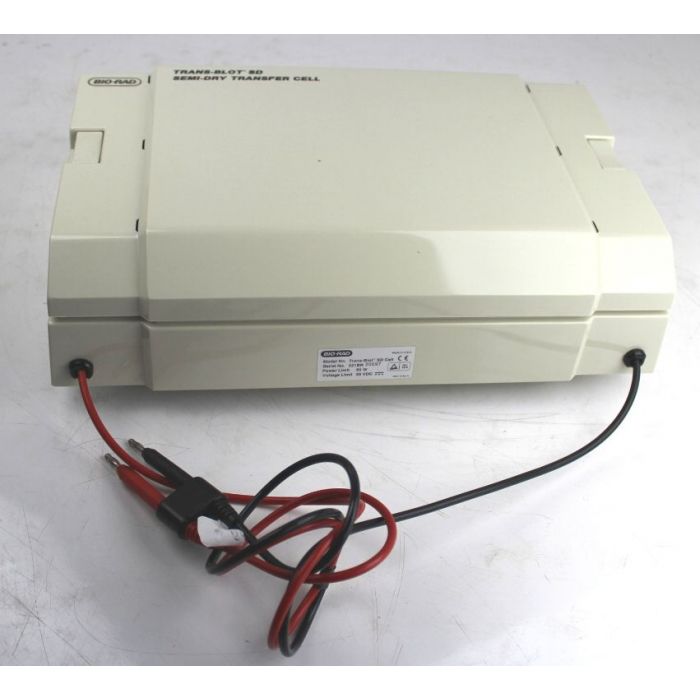

Ensure that membranes are uniformly wet before transfer.The membrane was not uniformly wet before transfer Regions of poor protein binding on the blot Using 5%C (with bis-acrylamide as the crosslinker) produces the smallest pore size Reduce %T (total monomer) or %C (crosslinker).The gel percentage was too high (decreasing %T or %C increases gel pore size and increases transfer efficiency) Check the output capacity of the power supply.Make sure the voltage and current output of the power supply match the needs of the blotting instrument.The power supply circuit is inoperative or an inappropriate power supply was used Reduce or eliminate the alcohol in the transfer buffer.SDS can increase transfer efficiency but it can also reduce binding efficiency to nitrocellulose and affect reactivity of some proteins with antibodies A protein near its isoelectric point (pI) will transfer poorly (buffer pH should be 2 pH units higher or lower than the pI of the protein of interest for optimal transfer efficiency) Use a more basic or acidic transfer buffer to increase protein mobility.The charge-to-mass ratio is incorrect (native transfers) Check the polarity of the connections to the power supply.Check the assembly of the transfer cell.Check the gel/membrane sandwich assembly.Proteins moved in the wrong direction (the gel/membrane sandwich may have been assembled in the wrong order, the cassette inserted in the tank in the wrong orientation, or polarity of the connections may be incorrect) Prepare fresh transfer buffer (never reuse transfer buffer).Transfer buffer was incorrect or prepared incorrectly Power conditions were too high or transfer time too long (proteins may transfer through the membrane and into the filter paper) (Do not do this if using Trans-Blot® Turbo system) Equilibrate gel in transfer buffer for 10 minutes prior to transfer.If an incorrect power supply is used, it is possible to not reach the set voltage if the current of the power supply is at its maximum limit


The values presented in the table are guidelines - transfer conditions should be optimized for every transfer application. Transfer times are increased for gradient gels and decreased for low molecular weight proteins. The table below provides general guidelines for the voltage and current settings recommended for selected gel and buffer systems. Different transfer apparatuses, when used with different gel and buffer systems, require different power settings.


 0 kommentar(er)
0 kommentar(er)
